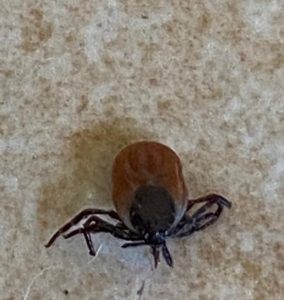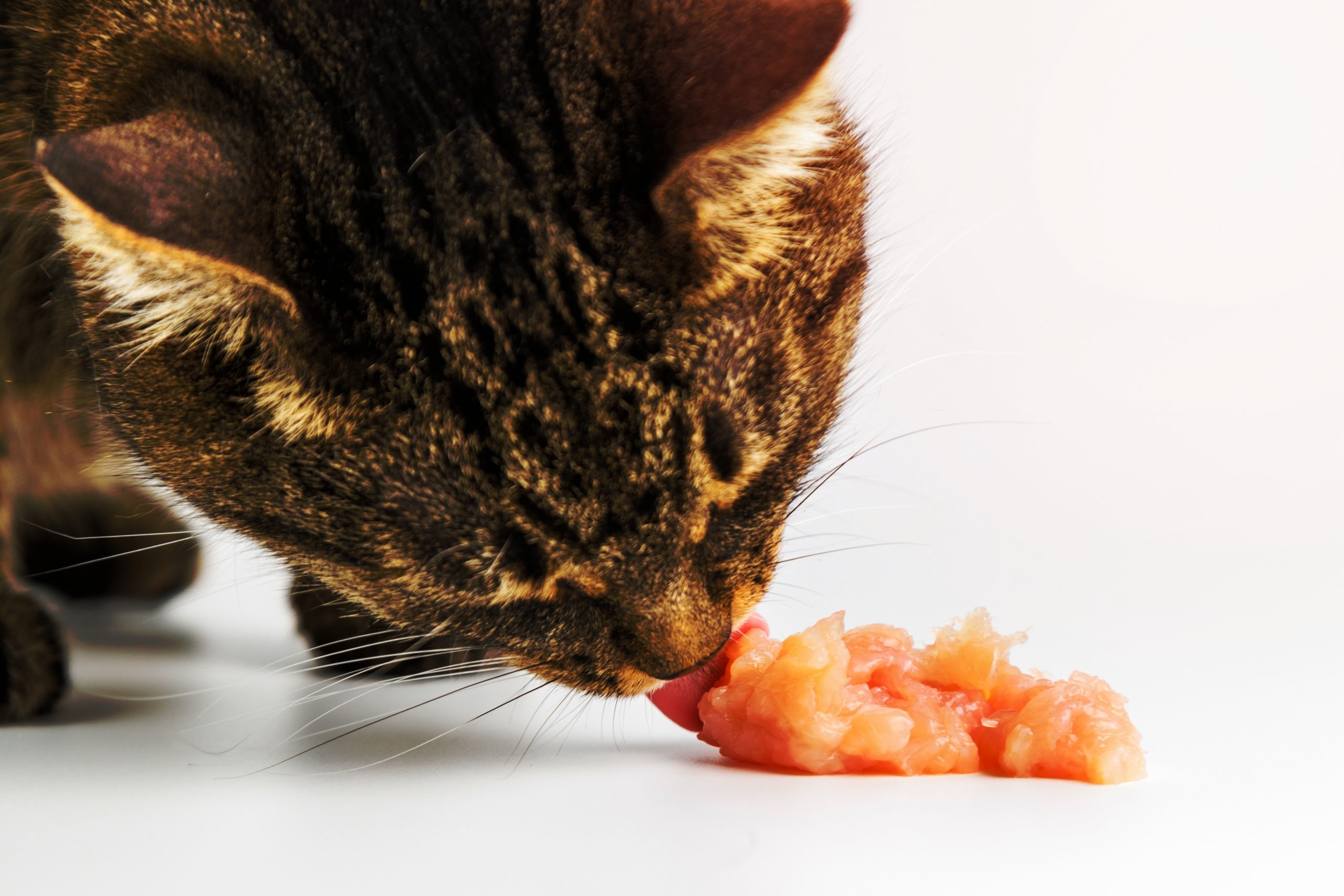Removing a Tick
Ticks and our pets
Ticks can be about all year round but are more commonly found on our pets as the weather starts to get warmer. From March to November it is really important to make sure your pet has some kind of tick prevention on board. Tick prevention can be in the form or a spot-on liquid for the back of the neck, a tablet or a collar. You should discuss the best option for your pet with your Vet.
What are ticks?
Ticks belong to the same family as spiders. They are 1mm to 1cm in length and have 8 legs. Ticks are usually grey or brown and they have tiny pin sized heads that they bury into your pets’ skin to feed from their blood. Ticks crawl or fall onto your pet when they walk through long grass or an area that has lots of wildlife.

How do I remove a tick?
Ticks carry diseases and are very good at spreading these diseases from one animal to another. That is why it is important to remove a tick as soon as you see it. Check cats regularly by feeling all over their bodies when they come home or brush your dog after a walk. Ticks like to gather around heads, ears and necks but they can attach anywhere on the body.
Ideally, wear rubber / plastic gloves or, in the absence of gloves, shield fingers with tissue or paper.
Tick removal using fine-tipped tweezers:
To remove the tick, grasp it as close to your pets skin as possible. Then pull upwards with steady, even pressure. Do not twist or jerk the tick as this may leave the mouth parts embedded or cause the tick to regurgitate infective fluids. Remove any embedded mouth parts with tweezers or a sterilised needle.
Slide the two prongs of the tick hook tool either side of the tick’s body until it is secure. Gently turn the tick hook tool either clockwise or anticlockwise and the tick should detach after 2-3 rotations. This is by far the easiest method for tick removal.
Do not squeeze or crush the body of the tick, because its fluids (saliva and gut contents) may contain infective organisms.
Do not handle the tick with bare hands, because infective agents may enter through breaks in the skin, or through mucous membranes (if you touch eyes, nostrils or mouth).
After removing the tick, clean the bite site with saline and wash hands with soap and water.
DO NOT use petroleum jelly, any liquid solutions, or freeze / burn the tick. This will stimulate the tick to regurgitate its stomach contents, so increases the chance of infection.
If you would like any more information on this or any other pet health related queries, please contact out team of Registered Veterinary Nurses





